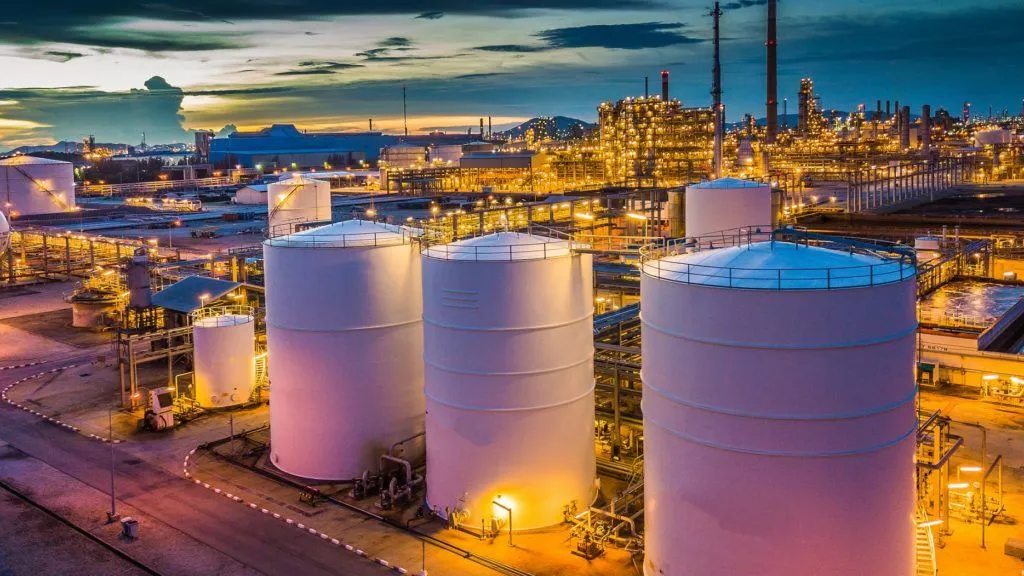The glint of metal often conjures images of strength, durability, and progress. Yet, there’s an insidious side to metal that, industry-specific, can lead to devastating consequences if left unmanaged. From disrupted supply chains to severe health risks, metallic contamination is a silent threat looming in the shadows of production lines across various sectors.
In this article, we’ll shine a light on metallic contaminants and their far-reaching effects on industries worldwide. We’ll explore the sources and types of metallic contamination, the damage it inflicts, effective detection and prevention methods, compliance considerations, and future innovations to combat this hidden peril.
Understanding Metallic Contaminants
Metallic contaminants are particles or debris made of metal that can compromise the quality and safety of products. These impurities often come from equipment, processing materials, or the environment. They can range in size from visible specks to microscopic fragments and may be present in raw materials, finished goods, and packaging.
The most common types of metallic contamination include ferrous (iron-based), non-ferrous (non-iron-based), and stainless steel particles. These can originate from various sources such as equipment wear and tear, tooling debris, metal shavings, rusted components, and even human error. Additionally, airborne contaminants can also settle onto surfaces and contaminate products during processing.
The Impact on Industries
Metallic contamination poses a significant threat across numerous industries, from food and beverage to pharmaceuticals and automotive manufacturing. Its impact can be as varied as the sectors it affects, leading to product recalls, health hazards, and tarnished reputations.
The Alarming Toll on Food Products
Metallic contamination in the food industry can result in catastrophic damage to a brand’s reputation and consumer trust. A single incident of a metal fragment in a product can lead to costly recalls and legal liabilities, not to mention the potential for consumer injury.
Pharmaceutical and Manufacturing Mayhem
In pharmaceuticals and manufacturing, the consequences can be equally severe. Contaminated products often have to be destroyed, leading to significant financial losses, while the impact on the more regulated pharmaceutical industry can result in legal action and compliance issues.
Detection and Prevention Methods
To ensure product safety and integrity, implementing rigorous detection and prevention methods is paramount. These strategies not only shield consumers from potential harm but also safeguard the reputation and financial standing of companies.
Magnetic Separators and Beyond
Detection methods have advanced significantly, with tools like magnetic separators, metal detectors, and X-ray inspection systems at the forefront of the battle against metal contamination. These tools are now capable of identifying even the tiniest metal particles.
Best Practices for a Metal-Free Environment
Prevention remains the best line of defense. Regular equipment maintenance, robust supplier vetting processes, and employee training on safety and quality procedures can significantly reduce the risk of metal entering the production line.
Regulatory and Compliance Considerations
Navigating the complex world of regulatory compliance is crucial for industries dealing with the risk of metallic contamination. It’s essential to understand not only the current standards but also how evolving regulations could impact operations and product safety.
The Heavy Hand of Regulation
Regulatory bodies across the globe have stringent guidelines in place to minimize the risk of metallic contamination. Industries must not only adhere to these standards but also stay abreast of any developments and updates.
Promoting a Culture of Compliance
It’s not enough for companies to meet regulatory requirements. They must foster a culture of compliance where every employee is aware of the issue, its potential impact, and the role they play in preventing contamination.
Future Trends and Innovations
The future of detecting and preventing metallic contamination looks promising, as research and innovation continue to push the boundaries. Trends such as the digitalization of detection tools and the rise of AI for predictive maintenance are expected to become mainstream.
Conclusion
Now that we’ve explored the dangers of metallic contamination, it’s clear that this hidden threat must be taken seriously by industries worldwide. From understanding the different types and sources of contaminants to implementing rigorous detection and prevention methods, companies can mitigate the risk of damaging repercussions. By staying compliant with regulations and embracing future innovations, we can navigate these troubled waters and ensure product safety for consumers and the success of businesses. So, let’s shine a light on this hidden danger and take proactive steps to safeguard against it.
